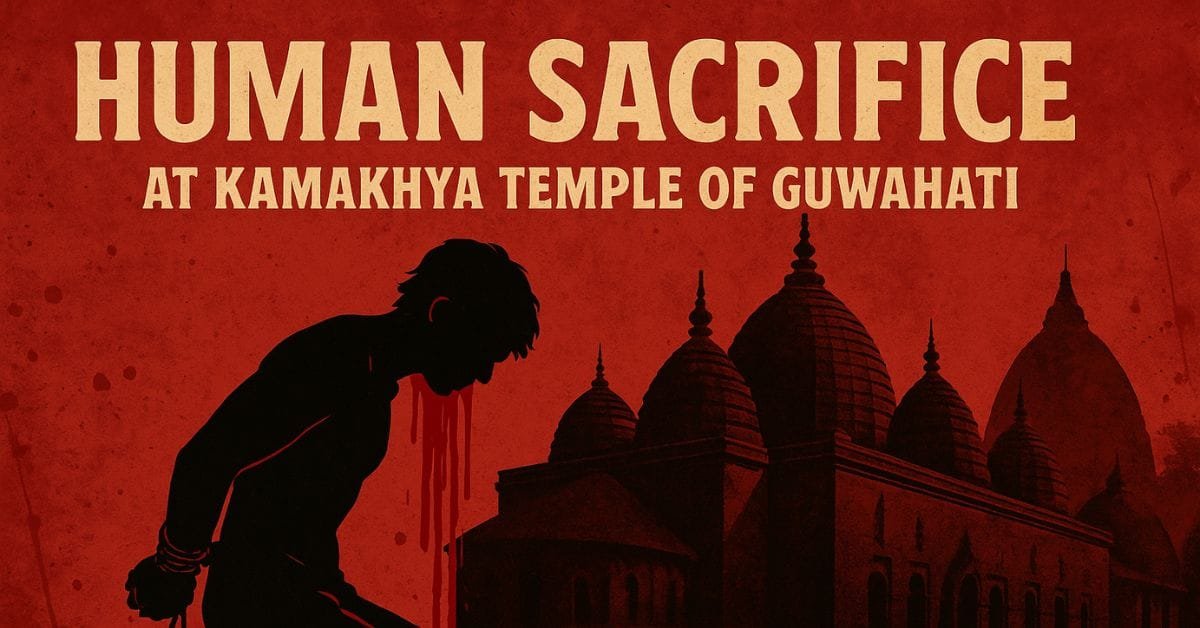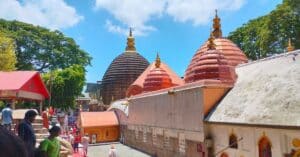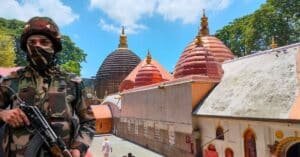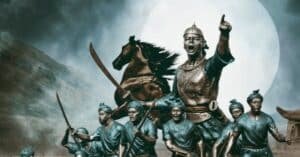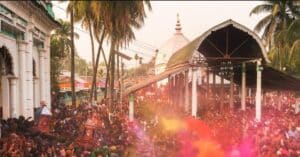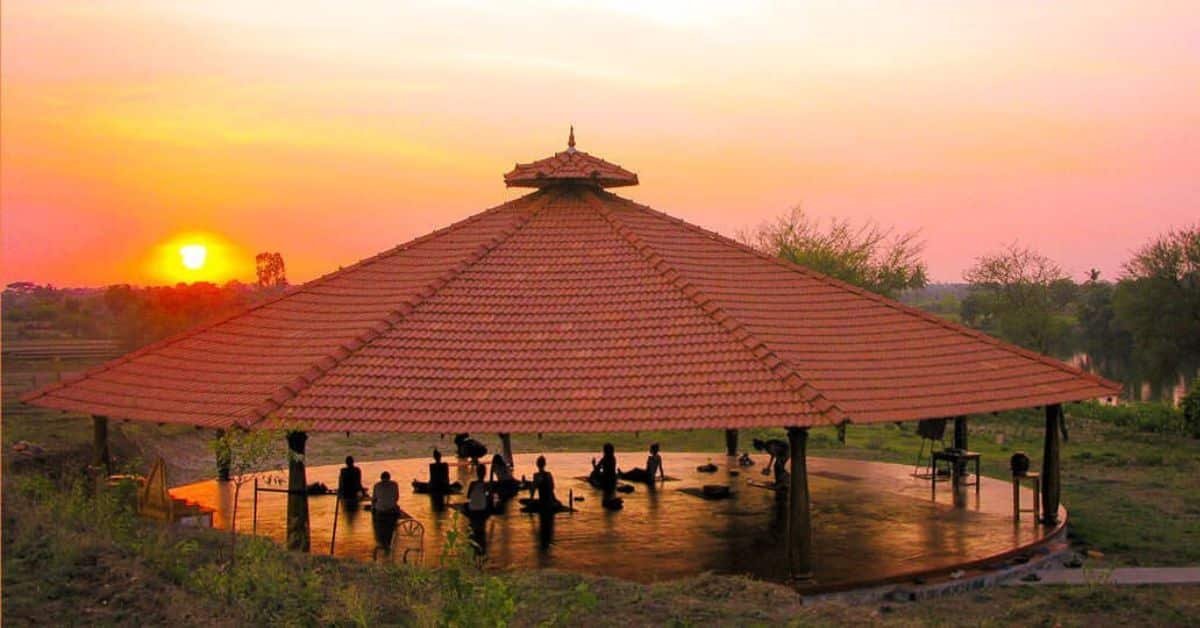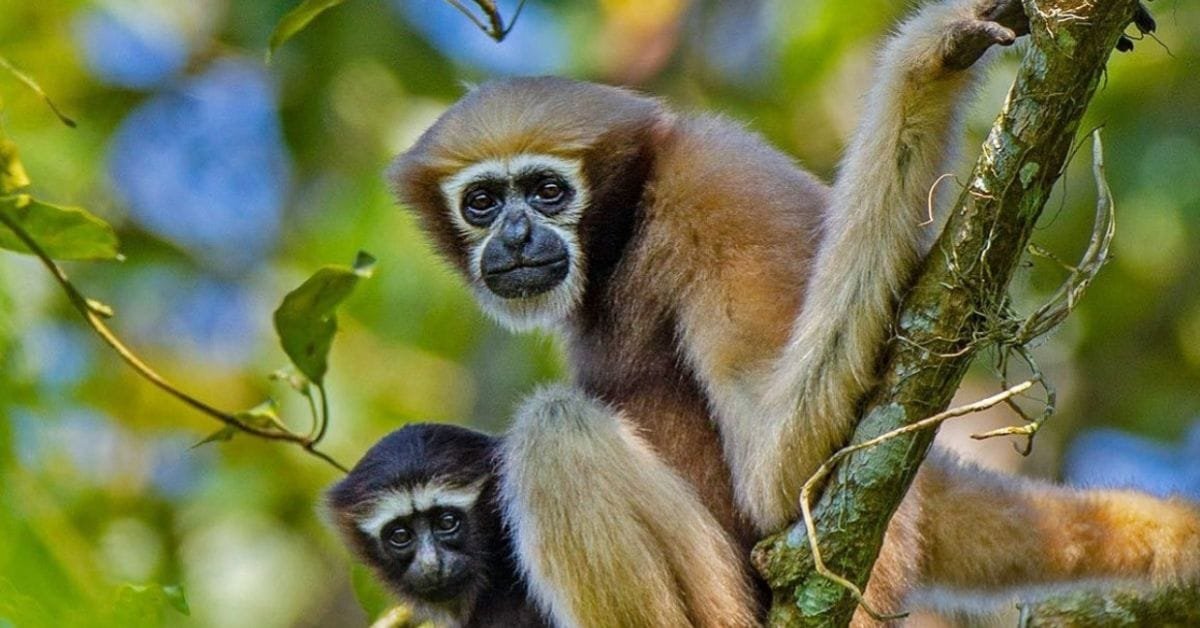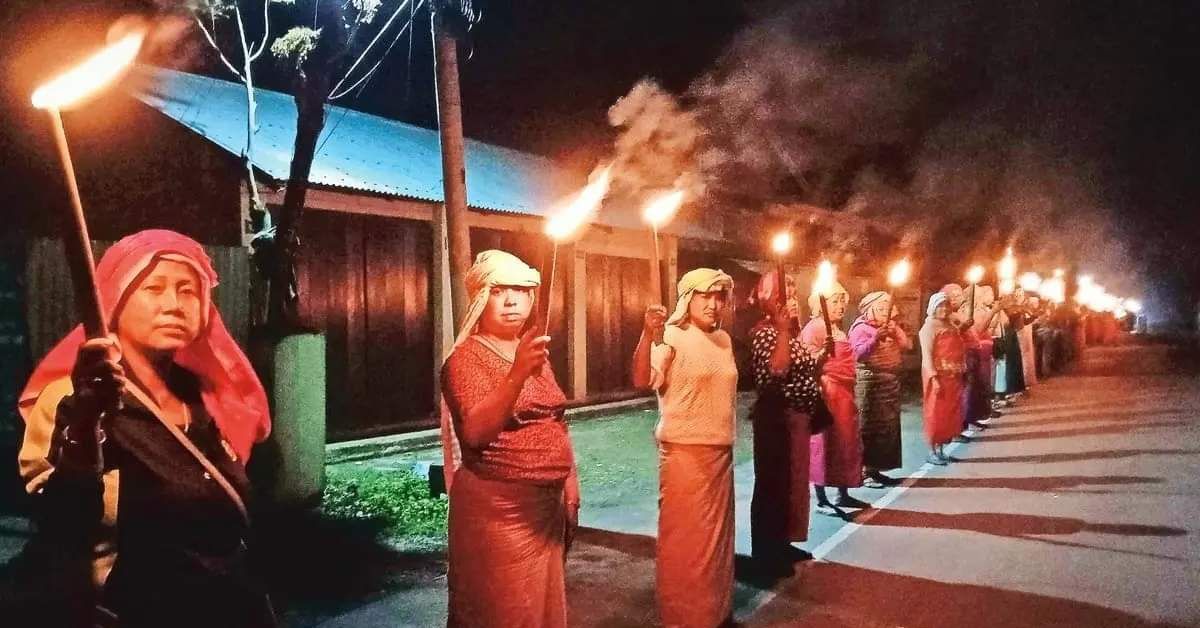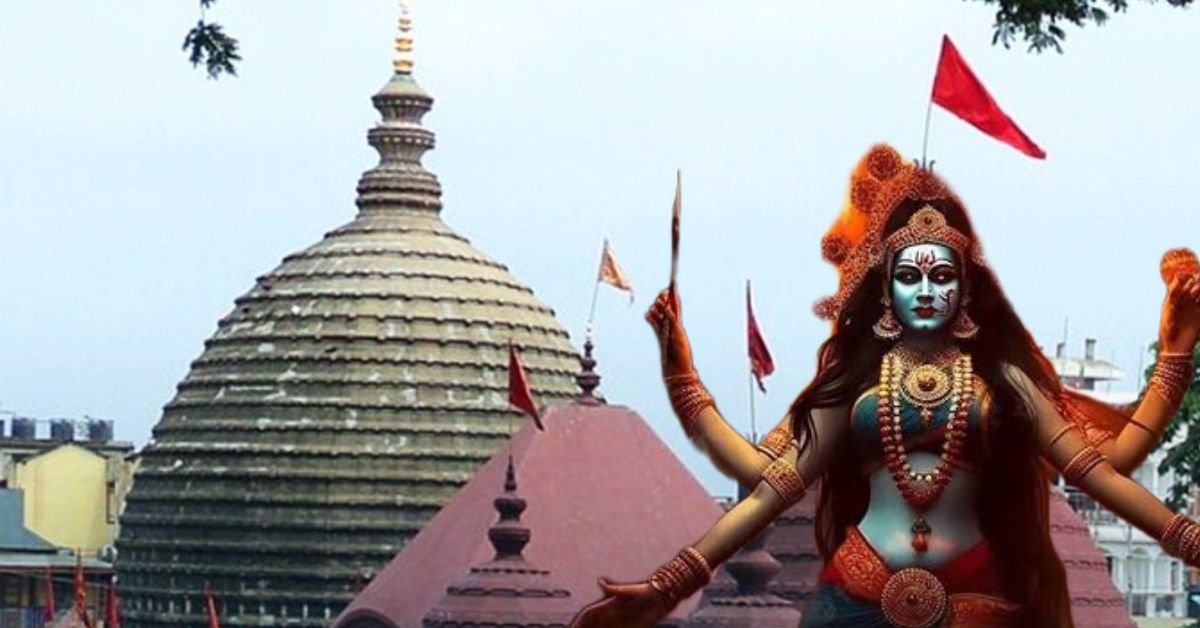Kamakhya Temple, located on the Nilachala Hills of Guwahati, Assam, is one of the oldest and most famous Shakti Peeths in India. Kamakhya Dham or Kamakhya Peeth is one of the most influential centres of Tantric practice. There are many stories about the practice of human sacrifice in Kamakhya in the past, but these stories cannot be substantiated from the available sources, although there are some texts that mention the practice of human sacrifice in some ancient inscriptions.
Kamakhya Temple and Tantric Tradition
The Kamakhya Temple is a major center of Shakti worship, where Goddess Kamakhya is worshiped as a vagina-shaped stone. Due to its tantric tradition, various forms of worship and sacrifice have been practiced in this temple since ancient times. Animal sacrifices, such as those of goats, bulls, and parrots, are still practiced in this temple on certain occasions. However, historical information about the practice of human sacrifice is very limited and controversial.
Written Records of Human Sacrifice in Kamakhya
One such book is “Kamakhya – A Socio-Cultural Study” by Nihar Ranjan Mishra. According to Mr. Mishra, who teaches in the English Department of Mangaldai College, the practice of human sacrifice was prevalent at Kamakhya at some point in the past but it stopped long ago. Another researcher, Surya Das, believes that human sacrifice is suspected to have been offered at Kamakhya in the past, but later it was customary to offer an image of a human being made of flour as a sacrifice.
In 1933, Edward Gait, a British administrator and historian, wrote in his book “A history of Assam” that the Koch princes offered at least 140 human sacrifices and their heads in copper vessels to the goddess at the beginning of the construction. There are many scholars, historians and researchers who believe that the story of human sacrifice in Kamakhya was spread from time to time in the past.
On June 19, 2019, the news of the discovery of the headless body of a woman (surrounded by incense, frankincense and garlands) near the temple brought the issue of human sacrifice back into the spotlight.
Mythology and Folklore Basis
There are some folklore and legends associated with the tantric tradition of the Kamakhya Temple that mention human sacrifice. However, these stories are often based on oral tradition and are not historically proven. Tantric texts like the Kalika Purana and the Yogini Tantra contain extensive descriptions of the worship of Kamakhya, but there is no direct mention of human sacrifice in these texts. Although ‘man’ or ‘man’ is mentioned in the context of sacrifice in some places, it is debatable whether this means actual human sacrifice or symbolic sacrifice.
According to some scholars, human sacrifice may have been used symbolically or metaphorically in ancient tantric practice, referring to ‘self-sacrifice’ or ‘pride sacrifice’.
Historical Evidence
Legend has it that sacrifice was practiced among some tribal communities living in the vicinity of ancient Kamrup (where the Kamakhya Temple is located) in the past. However, there is no clear historical evidence as to whether these practices were associated with the original worship of the Kamakhya Temple.
The seventh century Chinese tourist Huyen Tsang mentions the religious traditions of Kamrup, but he does not give any clear information about human sacrifice.
The Kamakhya Temple is known to have been rebuilt and patronized during the reign of the Koch and Ahom kings in the Middle Ages. Animal sacrifice was common at this time, but there is no reliable information about human sacrifice.
The legend of Narakasura and the context of sacrifice
The legend of Narakasura is associated with the history of the Kamakhya Temple. According to mythology, Narakasura was a devotee of Kamakhya and he was the first to found this temple. However, there is no clear mention of whether human sacrifice was practiced during his reign. Although some folklore mentions human sacrifice in some cases during the reign of Narakasura, these stories are often exaggerated and historically unproven.
The Context of Human sacrifice in Modern Times
In modern times, there is no human sacrifice in the Kamakhya Temple. Animal sacrifice is currently limited in temples, and is also associated with certain rituals. Although some media or folklore mentions human sacrifice in the name of Kamakhya, these claims are often unfounded or intended to create sensitivity and tension. For example, in 2019, some media outlets spread rumors of human sacrifice in the name of Kamakhya, but the local administration and temple authorities denied the claim.
Social and Cultural Context
The Kamakhya Temple is often depicted as a center of mystical and esoteric learning due to its tantric tradition. This mystery has led to the popularization of issues such as human sacrifice.
There may have been a practice of human sacrifice among some tribal communities in ancient India, but there is no evidence that such a practice was widespread in major Shaktipeeths like Kamakhya.
The concept of human sacrifice is completely condemned and illegal in modern society. The management authorities of the Kamakhya temple flatly deny the existence of any such practice.
There is no clear historical evidence as to whether human sacrifice was practiced in the Kamakhya Temple in the past. While some folklore and oral legends reference such practices, these stories are often exaggerated or used in a symbolic sense. The concept of human sacrifice has been popularized due to the complexity and mystery of the Tantric tradition, but this claim cannot be proved due to lack of historical evidence. At present, only animal sacrifice is limited in the Kamakhya Temple, and there is no place for human sacrifice.

